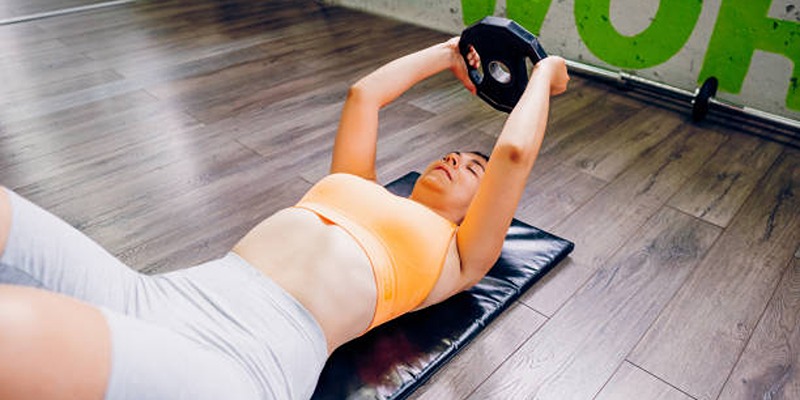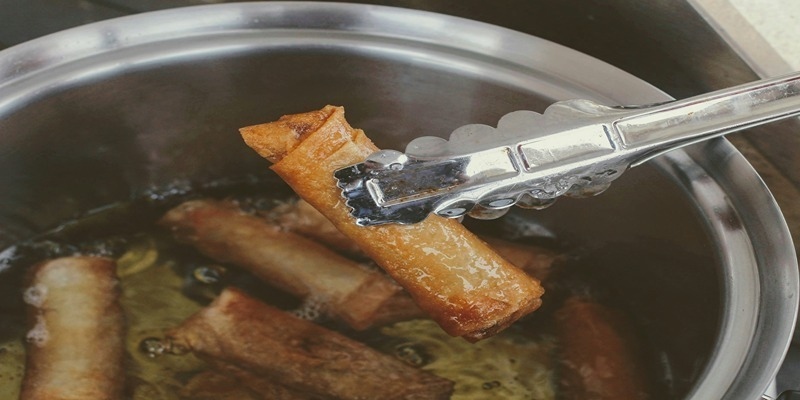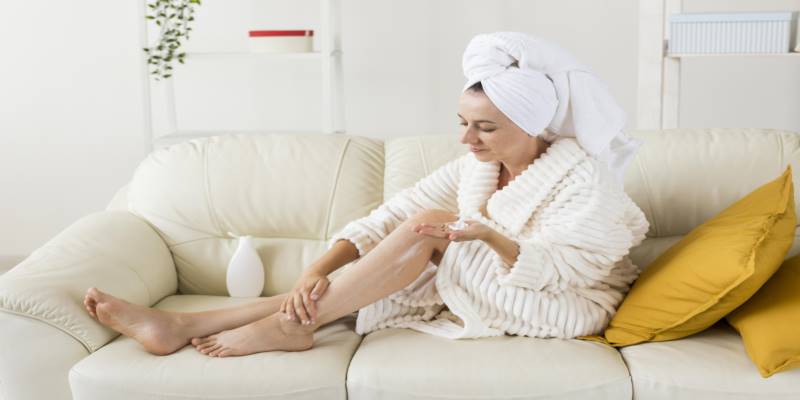Pilates, a system of exercises designed to improve physical strength, flexibility, and posture, offers a holistic approach to body conditioning. Unlike high-intensity workouts, Pilates focuses on controlled movements that require mental concentration and breath control, making it an ideal practice for individuals of all fitness levels. This guide will take you through the foundational steps of beginning a Pilates practice, helping you evolve from a novice to a proficient enthusiast. With attention to core strength, alignment, and mind-body synergy, Pilates not only enhances physical wellness but also contributes to mental clarity and inner balance. So, whether you're looking to improve your posture, increase flexibility, or simply seeking a new way to unwind, let's embark on this transformative Pilates journey together.
Understanding the Basics of Pilates
Before diving into the exercises and routines, it's important to understand the fundamentals of Pilates. Developed by Joseph Pilates in the early 20th century, Pilates is a form of low-impact exercise that focuses on building strength, flexibility, and coordination through controlled movements. The principles of Pilates include concentration, control, centering, precision, breath, and flow, which work together to improve overall physical and mental well-being.
Pilates exercises are typically performed on a mat or specialized equipment such as the Reformer, Cadillac, and Wunda Chair. The exercises focus on engaging the core muscles, also known as the "powerhouse," which includes the abdominals, lower back, hips, and glutes. By strengthening these muscles, Pilates helps you develop better balance, stability, and posture.
Common misconceptions debunked
There are several misconceptions surrounding Pilates, including the belief that it's only for dancers or individuals with a certain level of fitness. However, Pilates is suitable for people of all ages and abilities. It can be modified to cater to different needs and goals, whether you're recovering from an injury or looking for a challenging workout.
Another common misconception is that Pilates is primarily focused on the abs. While core strength is a key aspect of Pilates, it also works on improving overall body alignment and balance. It's not just about achieving six-pack abs; it's about building a strong, functional, and healthy body.
Necessary Equipment and Setting Up Your Space

One of the great things about Pilates is that you don't need fancy equipment or a large space to practice. However, having a few key pieces can enhance your experience and provide additional support.
Mat
A good quality mat is essential for practicing Pilates at home. Look for one that is thick enough to cushion your body but not too soft that it affects balance and stability. You can also opt for a Pilates-specific mat, which is usually thicker and more cushioned than a standard yoga mat.
Resistance Bands
Resistance bands are an excellent addition to your Pilates equipment collection. They add resistance to your movements, making them more challenging and helping you build strength. They're also lightweight and portable, making them perfect for home workouts or when traveling.
Small Equipment
Small equipment such as stability balls, foam rollers, and Pilates rings can add variety to your routine and target different muscle groups. These are not necessary for beginners but can be incorporated as you progress in your practice.
When setting up your space for a Pilates workout, make sure to have enough room for movement and proper ventilation. It's also helpful to have a mirror nearby so you can monitor your form and alignment.
Starting Your Pilates Journey
Now that you understand the basics of Pilates and have the necessary equipment, it's time to start your journey. Here are some tips for beginners:
- Start with beginner-friendly exercises: It's important to listen to your body and not push yourself too hard in the beginning. Start with basic exercises and gradually build up to more challenging ones.
- Focus on proper form and alignment: Pilates is all about precision, so make sure you're doing the movements correctly to avoid injury and get the most out of your practice.
- Breathe deeply and mindfully: The breath plays a significant role in Pilates, helping you connect with your body and maintain control throughout the movements.
- Be consistent: Like any form of exercise, consistency is key. Aim to practice Pilates at least 2-3 times a week for maximum benefits.
Your First Pilates Moves

Here are a few beginner-friendly Pilates moves to get you started:
- The Hundred: Lie on your back with your knees bent and feet flat on the ground. Lift your head, neck, and shoulders off the mat, reaching toward your toes. Extend your arms straight by your side and pump them up and down while breathing deeply in and out for 10 counts.
- Roll Up: Lie on your back with your legs extended and arms reaching overhead. Inhale, then exhale as you roll up one vertebra at a time, reaching towards your toes. Inhale again at the top, then slowly roll back down to the starting position.
- Side-Lying Leg Lifts: Lie on your side with your legs extended and bottom arm supporting your head. Lift your top leg up towards the ceiling, keeping it straight, then lower it back down. Repeat for 10 reps before switching sides.
Remember to listen to your body and modify or skip any moves that feel uncomfortable or painful. As you progress in your Pilates journey, don't be afraid to challenge yourself and try new exercises.
Building Your Pilates Routine
As you become more familiar with Pilates, you can start building a routine that works for you. Aim to include exercises that target different areas of the body and incorporate both mat and equipment-based workouts.
Here are some key elements to consider when building your routine:
- Warm-up: Start with gentle movements to warm up the body and prepare it for the workout ahead. This can include simple stretches or Pilates-specific warm-up exercises.
- Upper and lower body movements: It's essential to work on both the upper and lower body for overall strength and balance. Incorporate exercises that target your arms, shoulders, legs, and hips.
- Cool-down and stretching: Don't forget to end your routine with some gentle stretches to cool down and release any tension in the body.
Conclusion
Pilates is a versatile and effective form of exercise that can benefit people of all ages and fitness levels. With the right equipment, space, and guidance, you can start your Pilates journey and work towards a stronger, healthier body. Remember to listen to your body, be consistent, and have fun while practicing Pilates! So don't wait any longer - grab your mat, resistance bands, and any other equipment you may have and start incorporating Pilates into your fitness routine today. Your body will thank you for it!







